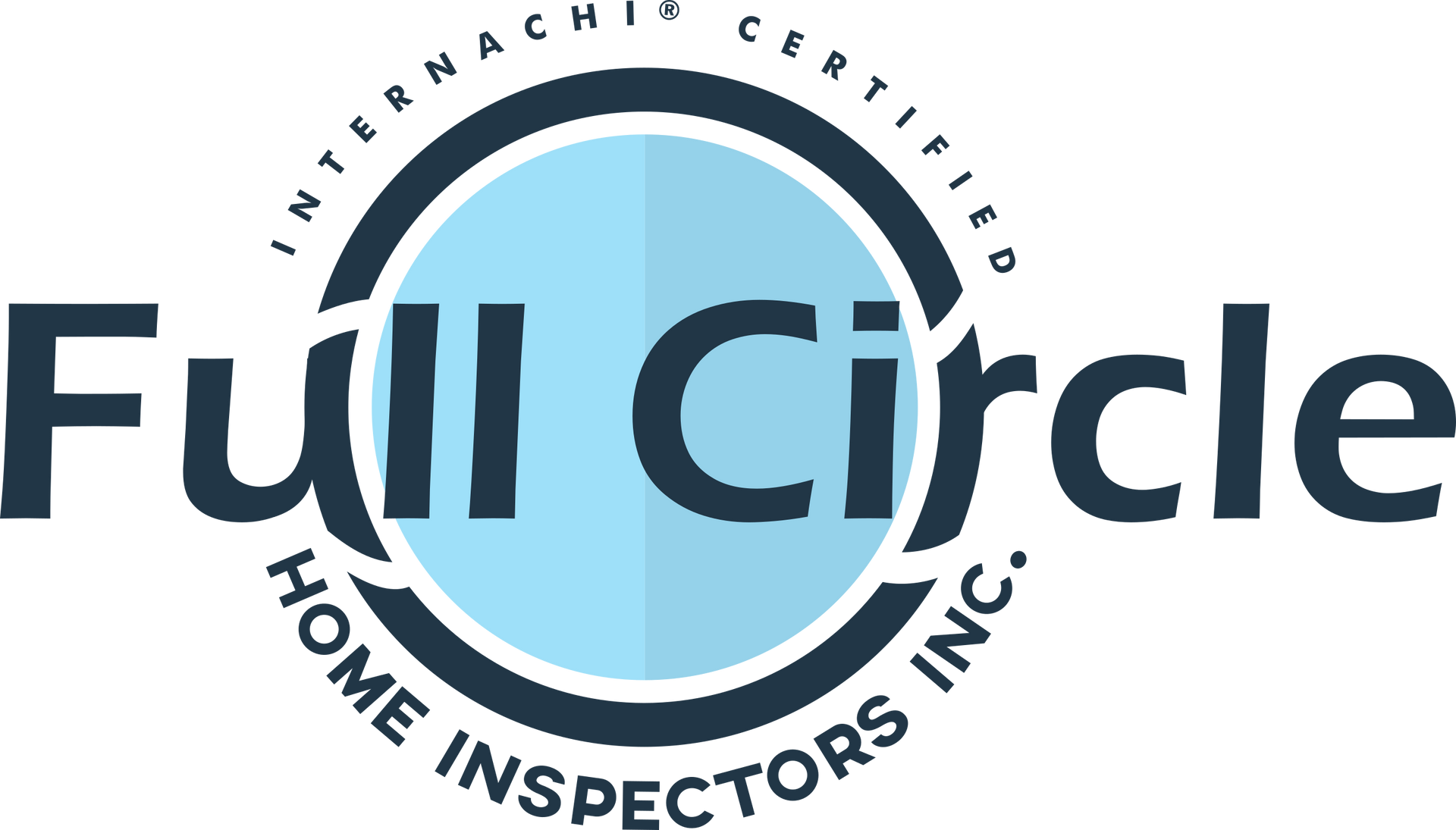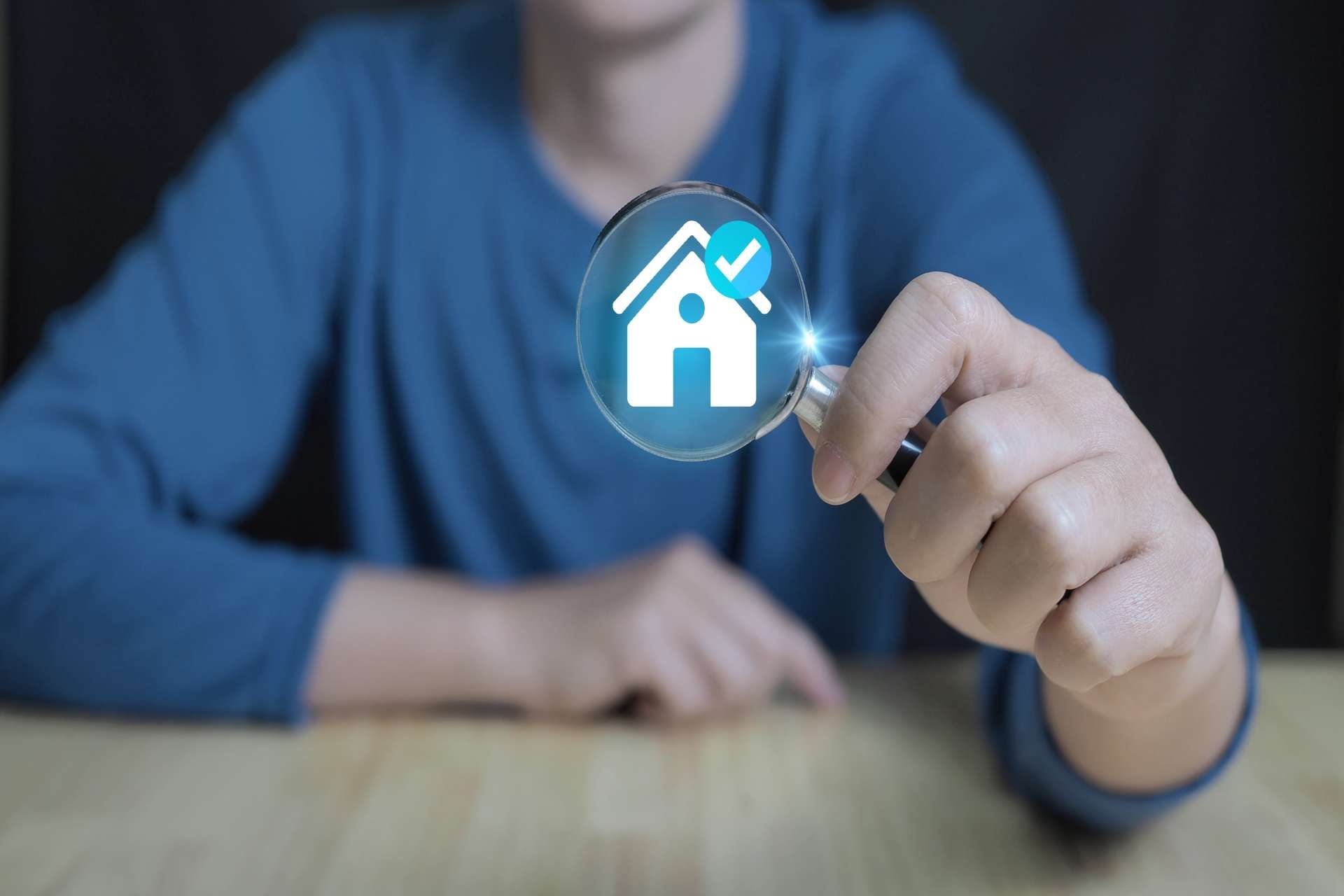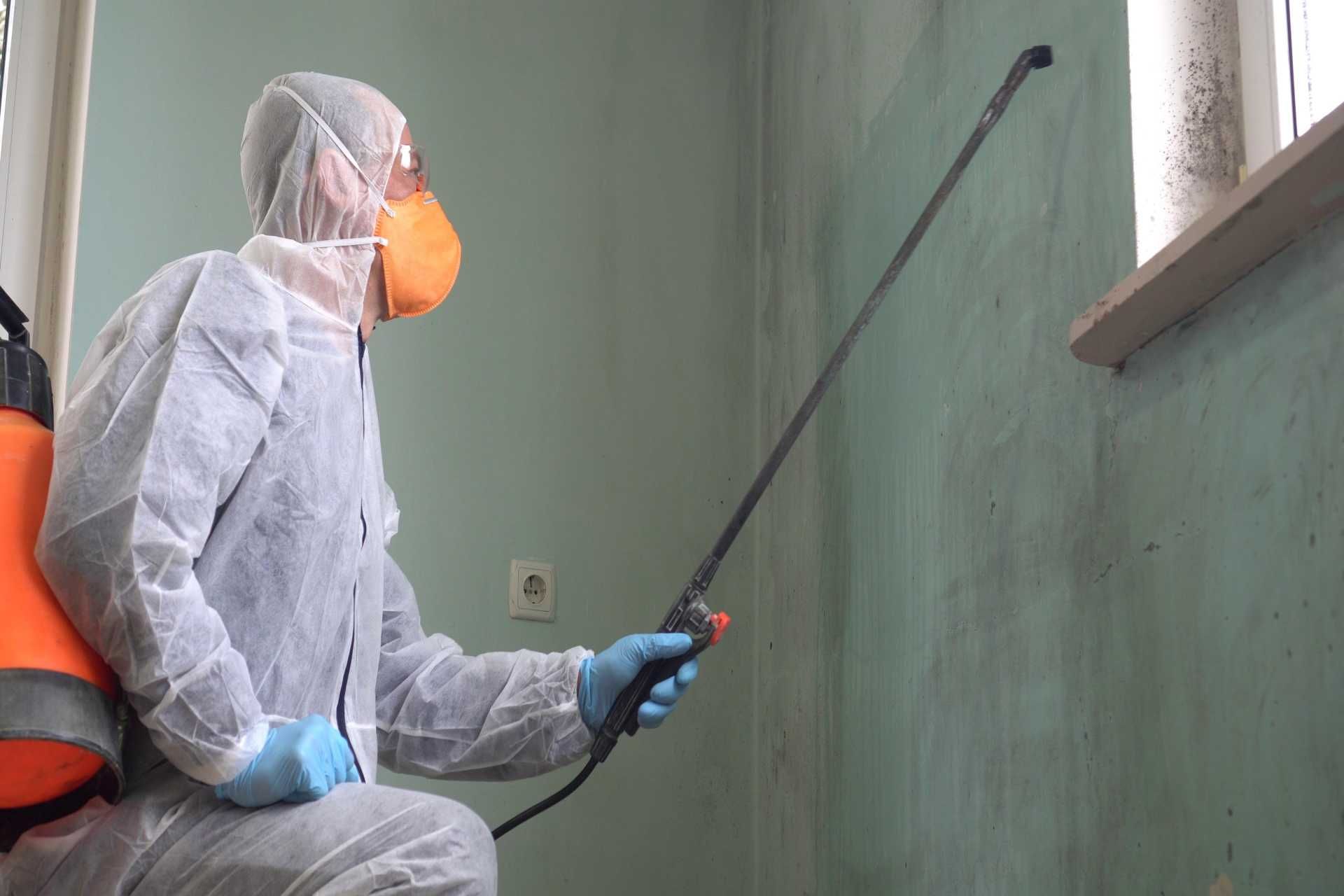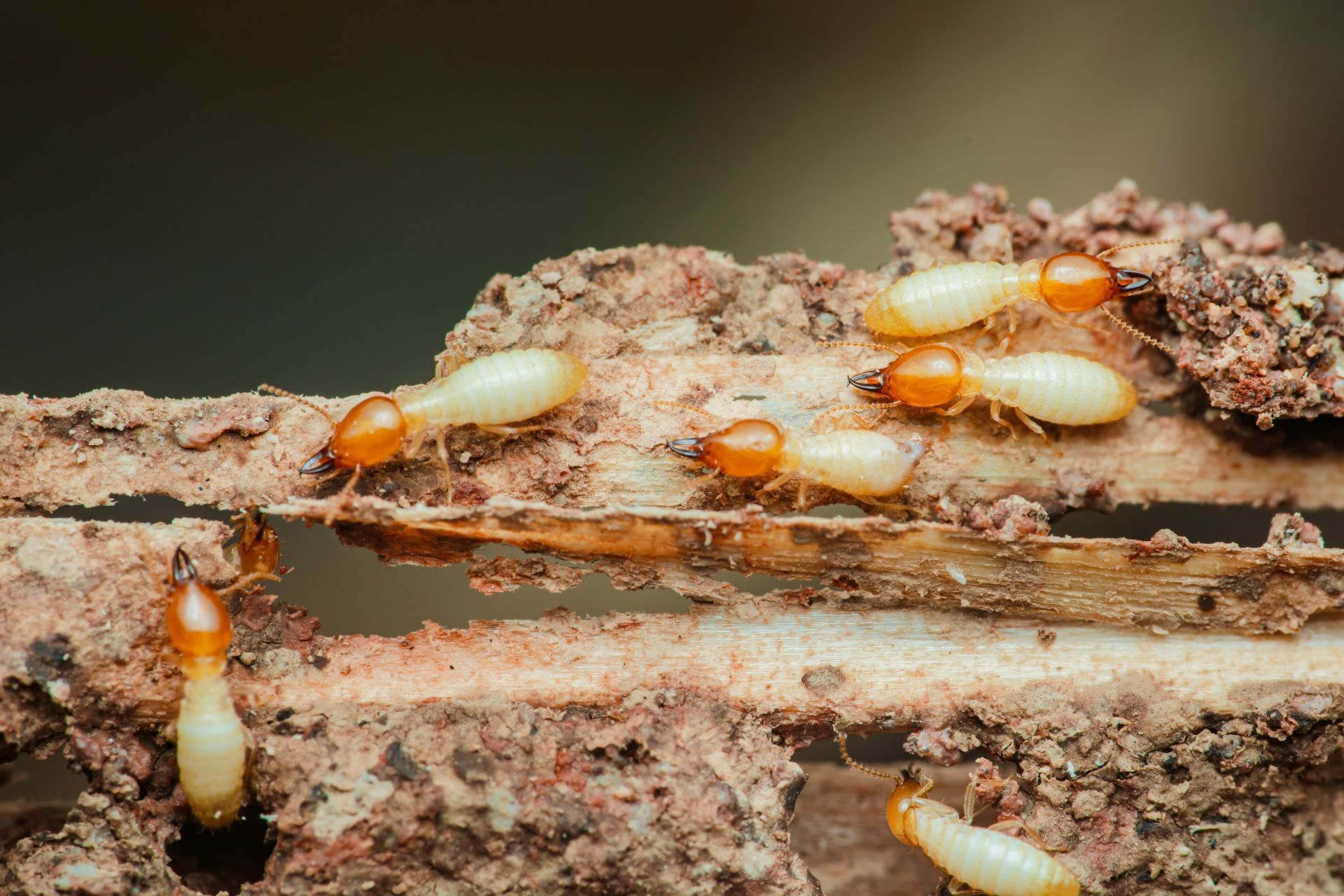Warning Signs That Indicate You Have Toxic Mold Illness
Did you know that toxic mold can hide in your home and make you sick without you even realizing it? Mold exposure is a serious problem that can affect your health, comfort, and even your home’s structure. If you’ve been feeling unwell for no clear reason, the cause might be right inside your walls.
At Full Circle Home Inspectors, we’ve seen how hidden mold can impact families across the Florida Recognizing the mold sickness symptoms early is key to protecting your health and your home. In this article, we’ll explain the symptoms of mold in the home, what toxic mold illness looks like, and what you can do if you suspect a problem.
What Is Toxic Mold Illness?
Toxic mold illness happens when people are exposed to certain types of mold that release harmful substances called mycotoxins. These toxins can get into your body through breathing, touching, or even ingesting contaminated particles.
The most dangerous molds are often referred to as black mold (Stachybotrys chartarum), though other types can also cause health issues. Over time, exposure to these molds can lead to serious health problems, especially for people with allergies, asthma, or weakened immune systems.
Common Mold Signs in Your Home
Before we discuss the health effects, let’s look at the mold signs that may appear in your home.
Detecting mold early can save you from bigger problems later.
- Musty Odor: A damp, musty smell is often the first clue that mold is growing somewhere. Even if you can’t see it, the smell alone is a strong warning sign.
- Visible Mold Growth: Mold can look black, green, white, or even orange. It may appear in corners, on ceilings, under sinks, or near leaky windows.
- Water Stains or Discoloration: Yellow or brown stains on walls and ceilings often mean water has leaked, and where there’s moisture, mold is usually nearby.
- Peeling Paint or Wallpaper: Bubbling, peeling, or cracking paint could mean moisture is trapped beneath the surface, providing the perfect home for mold.
- Humidity and Condensation: High humidity levels and foggy windows can encourage mold growth, especially in bathrooms, kitchens, and basements.
If you notice any of these symptoms of mold in your home, it’s time to get a professional inspection for Mold before the issue spreads.
Physical Warning Signs of Mold Sickness Symptoms
Mold exposure affects everyone differently. Some people may develop mild allergic reactions, while others can experience more serious health problems. Below are common mold sickness symptoms to watch for.
1. Respiratory Problems
Coughing, sneezing, and shortness of breath are often the first signs. Mold spores irritate your airways and can make asthma worse.
2. Chronic Sinus Infections
If you’re constantly fighting a stuffy nose or sinus headaches that don’t go away with medication, mold exposure could be the cause.
3. Fatigue and Brain Fog
Feeling unusually tired or having trouble focusing? Mycotoxins from mold can impact your nervous system and cause brain fog, confusion, and memory issues.
4. Skin Irritation
Itchy, red, or dry skin can occur after contact with mold-contaminated surfaces or air.
5. Eye and Throat Irritation
Burning or itchy eyes, sore throat, or a dry cough are all possible mold sickness symptoms.
6. Headaches and Dizziness
Toxins from mold can cause headaches, lightheadedness, and even nausea, especially when you’re inside your home for long periods.
7. Allergic Reactions
Sneezing, runny nose, and watery eyes may come and go often getting worse when you’re at home and improving when you leave.
8. Worsening Asthma or Allergies
People with pre-existing conditions may find their symptoms suddenly more severe, even with usual treatments.
Who Is Most at Risk?
While anyone can get sick from mold exposure, some people are more vulnerable:
- People with allergies or asthma: They’re the most common group to have problems. Mold can trigger coughing, wheezing, sinus pressure, sneezing, and breathing trouble. Many don’t even realize mold is the culprit until symptoms flare up repeatedly in certain environments.
- Those with weakened or compromised immune systems: This includes people undergoing chemotherapy, organ-transplant recipients, individuals with immune disorders, or anyone recovering from a serious illness. Their bodies can’t fight off mold spores as easily, making symptoms more severe.
- Older adults and young children: Age affects the immune response. Older adults often have more respiratory sensitivities, and children breathe faster and closer to the ground where spores settle. Both groups tend to show symptoms quicker.
- People with chronic respiratory issues: Anyone dealing with COPD, chronic bronchitis, or similar conditions can see their symptoms worsen when mold is present.
- Those working in damp environments: For individuals working in damp areas like basements or construction sites, over time, repeated contact with mold in these conditions can make a person more sensitive, increasing the chance of developing respiratory irritation or allergic reactions.
If you fall into any of these categories, you should be extra cautious when it comes to mold signs in your home.
How Mold Affects Your Home
Beyond health issues, mold can cause serious property damage. It feeds on organic materials like wood, drywall, and fabric. Over time, this can weaken your home’s structure and ruin furniture, carpets, and personal belongings.
Mold also lowers indoor air quality, creating an unhealthy living environment. Even after cleaning, mold can return if the underlying moisture issue isn’t fixed that’s why professional help is essential.
What to Do If You Suspect Mold
If you notice symptoms of mold in your home or experience any of the health problems above, take action right away.
- Inspect Your Home: Look for visible mold, leaks, or damp areas around your home especially in basements, bathrooms, and kitchens.
- Hire a Certified Home Inspector: A
professional home inspector like
Full Circle Home Inspectors uses tools such as moisture meters, infrared cameras, and air quality tests to find hidden mold.
- Fix Moisture Problems: Repair leaks, use dehumidifiers, and ensure proper ventilation in high-humidity areas.
- Mold Remediation: If mold is found, a remediation specialist can safely remove it and treat the area to prevent future growth.
Preventing Mold Growth
Here are some simple ways to reduce your risk of mold returning:
- Keep indoor humidity below 50%.
- Clean and dry any water-damaged areas within 24–48 hours.
- Regularly inspect plumbing, roofs, and windows for leaks.
- Use exhaust fans in bathrooms and kitchens.
- Schedule routine home inspections to catch mold early.
When to Call a Professional
If you can’t locate the source of the smell or if the symptoms persist even after cleaning, it’s time to call the experts. Full Circle Home Inspectors provides detailed mold inspections to identify hidden growth and help you breathe easier.
Qualified inspectors use professional testing methods to detect mold in walls, air ducts, crawl spaces, and other hidden areas ensuring your home stays safe and healthy.
Final Thoughts
Toxic mold can be invisible, but the mold sickness symptoms and mold signs in your home shouldn’t be ignored. Early detection can protect your family’s health and save you from costly repairs.
If you suspect mold in your home, contact Full Circle Home Inspectors today for a complete professional mold inspection and peace of mind.
FAQs About Toxic Mold Illness
How can I tell if I’m sick from mold exposure?
Common signs include coughing, headaches, fatigue, and sinus issues that improve when you leave the home but worsen when you return.
Is black mold more dangerous than other types?
Yes, black mold produces mycotoxins that can cause serious health effects, but any type of mold can be harmful if left untreated.
Can I remove the mold myself?
Small patches (under 10 square feet) can often be cleaned safely, but larger infestations should be handled by professionals. Beyond the cleanup itself, the real goal is to identify and correct the moisture problem that caused the mold to grow in the first place.
How long does it take to get sick from mold?
It depends on the person and level of exposure. Some people feel symptoms within days, while others may take weeks or months.
How much does a mold inspection cost?
Costs vary by location and home size, but investing in an inspection is far less expensive than repairing long-term damage or dealing with chronic illness.
Disclaimer: The information on this website and blog is for general informational purposes only and is not professional advice. We make no guarantees of accuracy or completeness. We disclaim all liability for errors, omissions, or reliance on this content. Always consult a qualified professional for specific guidance.







